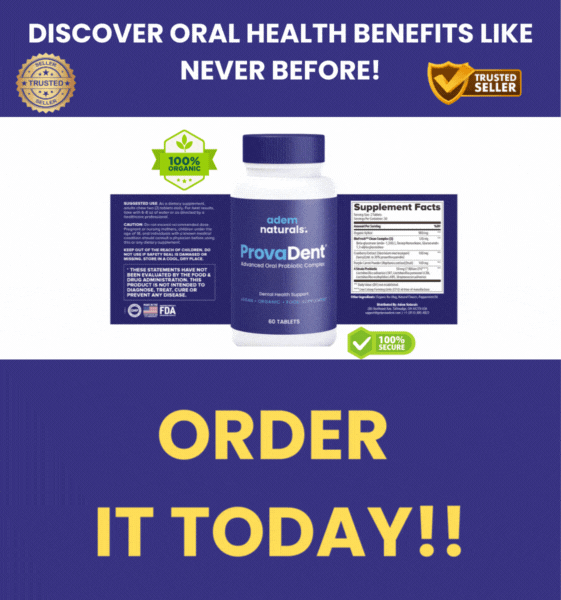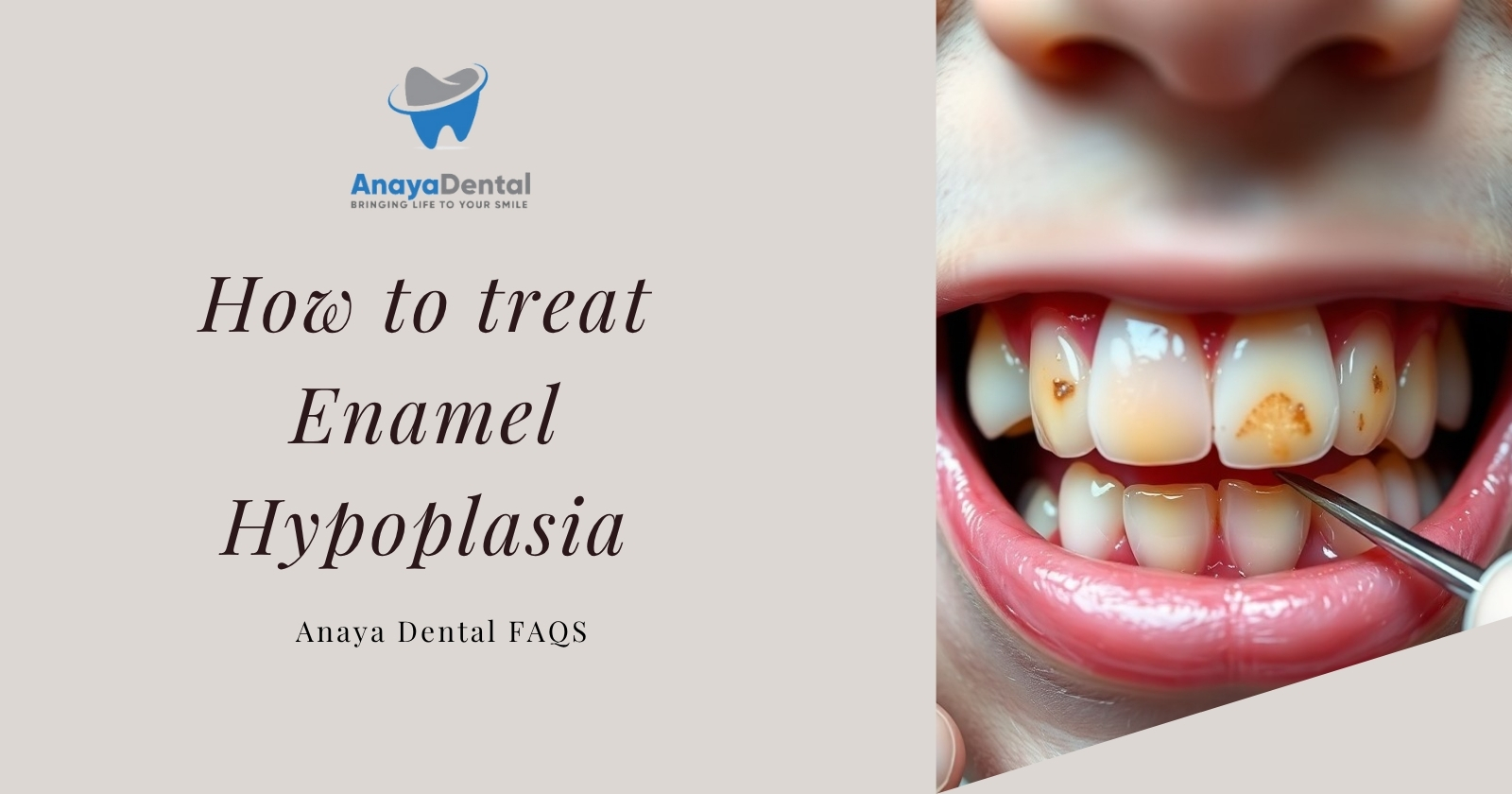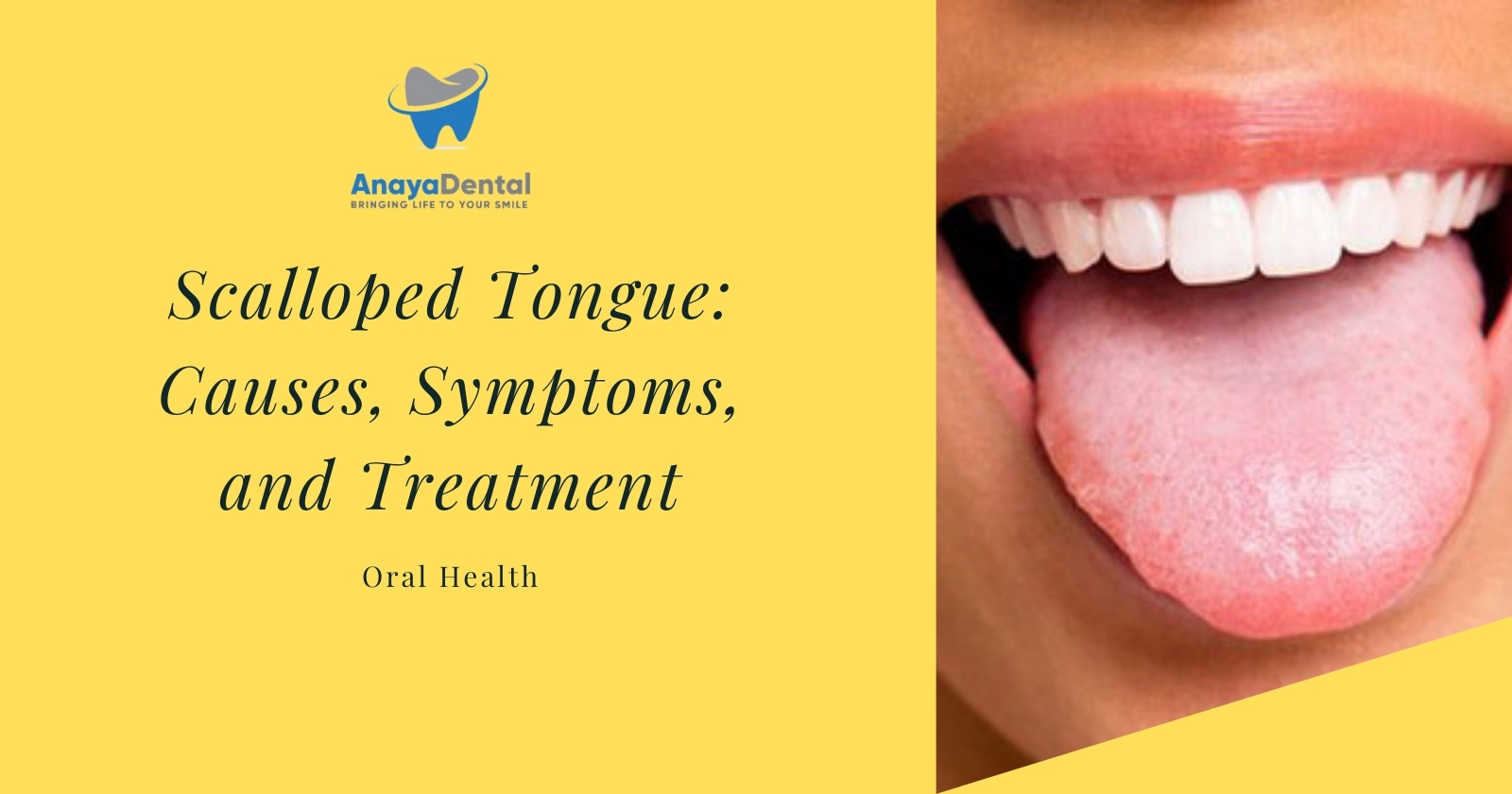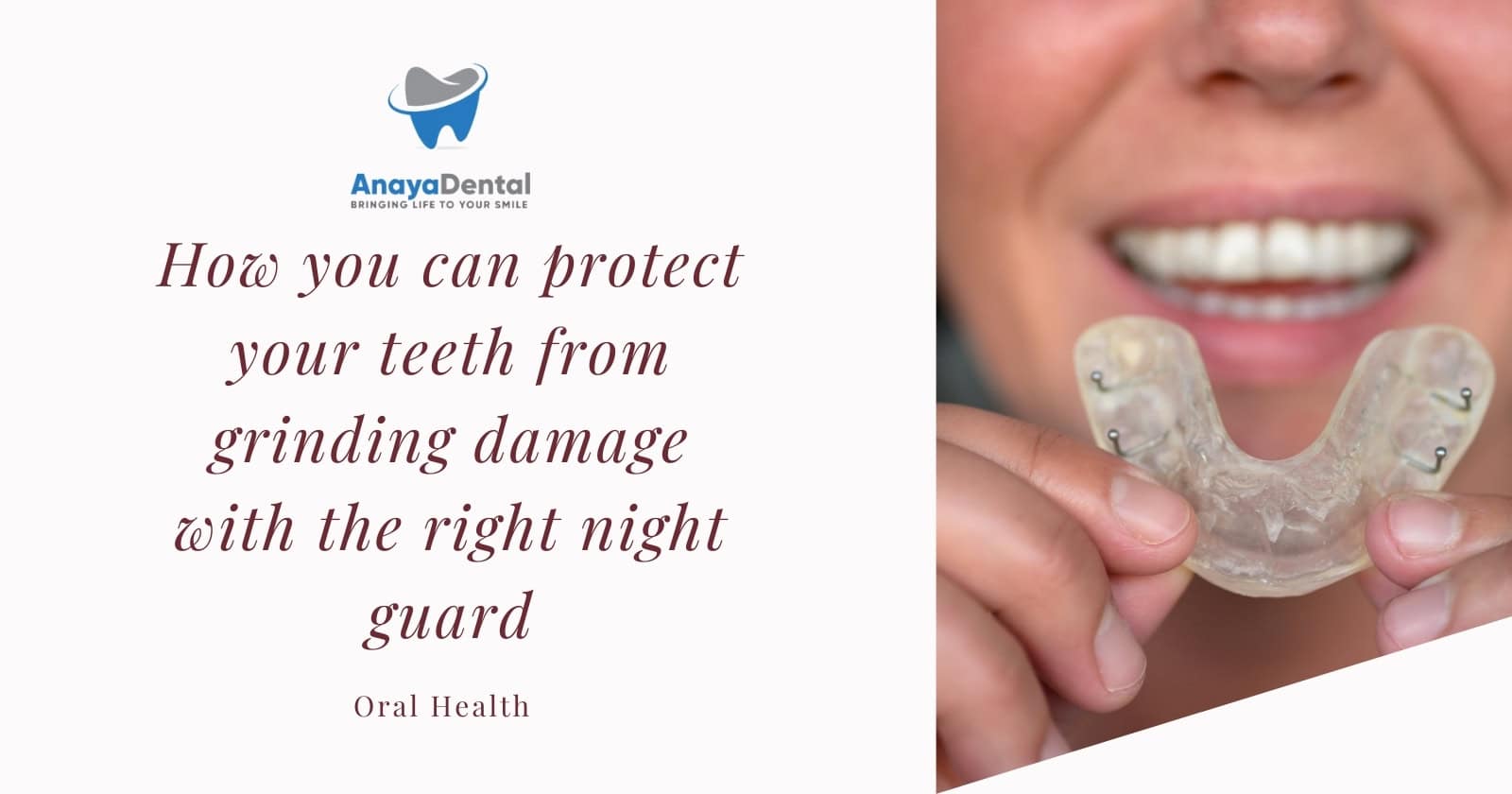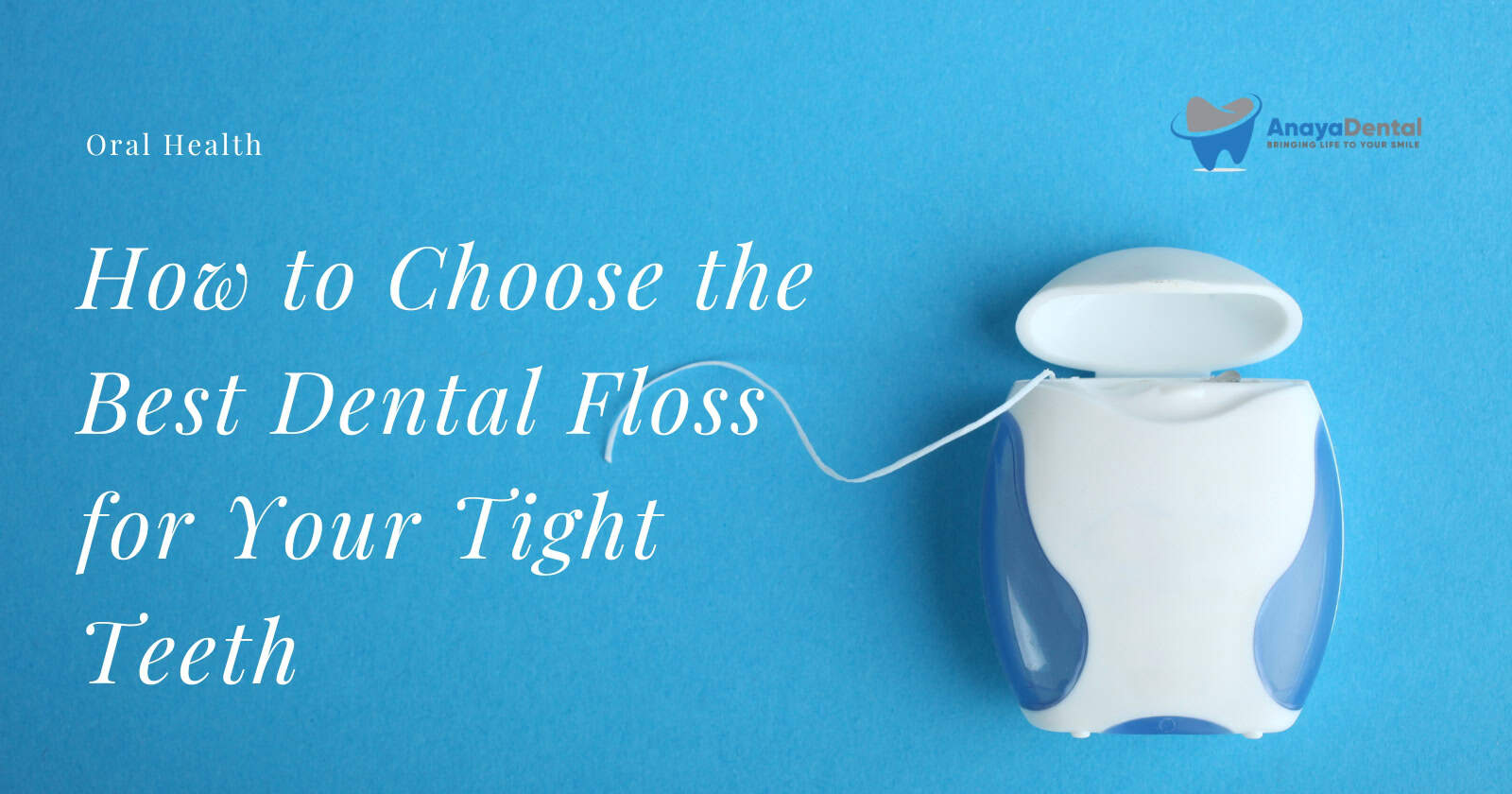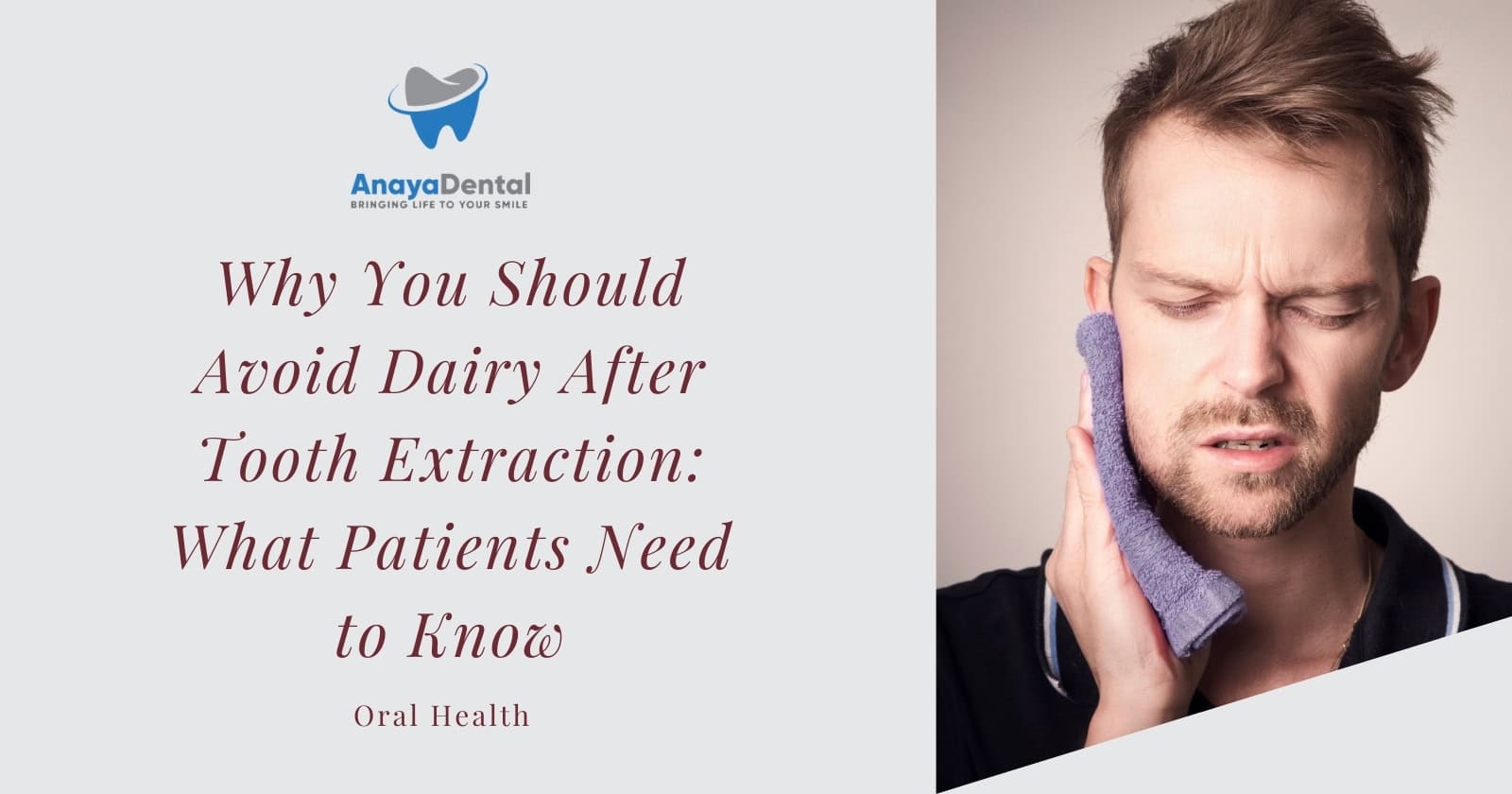When it comes to maintaining optimal oral hygiene, flossing is an essential part of the daily routine that many of us struggle to maintain consistently. With traditional string floss being joined by innovative water flossers in the dental care market, many people wonder which option truly provides the best results. In this comprehensive guide, we’ll examine the advantages and disadvantages of both water flossers and traditional string floss to help you make an informed decision about which is right for your unique dental needs.
Understanding the Difference Between Water Flossers and String Floss
Before diving into the comparison, let’s clarify what each of these dental tools actually does:
String Floss is a thin cord of nylon or plastic that physically scrapes plaque and food particles from between teeth and along the gumline through manual manipulation. The mechanical action of string floss works by disrupting the bacterial biofilm that forms on tooth surfaces, preventing it from hardening into tartar and causing dental problems.
Try Our Dental Calculators
Water Flossers (also known as oral irrigators or dental water jets) use a pressurized stream of water to clean between teeth and below the gumline, flushing away debris and bacteria. These devices typically feature adjustable pressure settings and specialized tips for different dental needs, making them versatile tools for various oral health situations.
The fundamental difference lies in their cleaning mechanism—physical scraping versus hydraulic pressure—which leads to distinct advantages in specific scenarios.
The Science Behind Plaque Removal Effectiveness
When it comes to removing plaque—the sticky bacterial film that leads to tooth decay and gum disease—clinical research shows some significant differences between the two methods:
Water Flossers: Superior Plaque Removal
Multiple peer-reviewed studies have demonstrated that water flossers outperform traditional string floss in overall plaque removal:
- Water flossers remove 29-51% more plaque than traditional string floss, particularly in hard-to-reach areas
- Clinical trials show an impressive 81.6% reduction in approximal plaque (plaque between teeth) with water flossers
- The pulsating action of water flossers creates a hydrokinetic effect that dislodges bacterial biofilms even from areas not directly contacted by the water stream
- Water flossers can effectively clean up to 6mm below the gumline, reaching deep periodontal pockets that harbor harmful bacteria
- The combination of pressure and pulsation creates a cleaning effect that extends beyond the direct water stream
String Floss: Mechanical Advantages
Despite water flossers’ impressive performance in studies, string floss offers unique mechanical benefits:
- Provides a physical scraping action that removes sticky plaque biofilm through direct contact
- Typically removes about 63.4% of approximal plaque when used correctly
- Excels at removing larger food particles that may become trapped between teeth
- Creates friction that helps disrupt and remove the protective coating of bacterial colonies
- Can access extremely tight contact points between teeth where water pressure might not penetrate effectively
- Allows for targeted pressure application on specific problem areas
The difference in plaque removal effectiveness becomes particularly pronounced in difficult-to-reach areas, where water flossers show a clear advantage due to their ability to access tight spaces without requiring the same level of manual dexterity.
Impact on Gum Health and Disease Prevention
The health of your gums is a critical factor in overall oral health, and the impact of your flossing choice can be significant for preventing and managing gum disease:
Water Flossers: Gentle Yet Powerful
Water flossers offer several distinct advantages for maintaining healthy gums:
- Clinical studies show they’re twice as effective at reducing gingival bleeding compared to string floss
- The pulsating action stimulates blood flow to the gums, promoting healing and regeneration of gum tissue
- The gentle nature of water flossing reduces the risk of trauma to sensitive gum tissue
- Water flossers can flush out bacteria from periodontal pockets, helping to manage existing gum disease
- Regular use has been shown to reduce inflammatory markers associated with gingivitis
- The massage-like effect on gum tissue promotes circulation and tissue health
- Particularly beneficial for those with gingivitis or early-stage periodontal disease
String Floss: Traditional Benefits
String floss has long been recommended by dental professionals for gum health:
- Effectively removes bacteria-laden plaque at the gumline, the primary cause of gingivitis
- When used with proper technique, provides controlled pressure that stimulates healthy gum tissue
- Creates a physical barrier that can scrape away early calculus formation
- Can be used with greater precision on specific problem areas
- The C-shaped wrapping technique allows for thorough cleaning of the tooth surface where it meets the gum
For patients with gingivitis, both methods show significant improvements when used consistently, but water flossers demonstrate a statistical edge in reducing bleeding and inflammation markers in clinical studies.
Accessibility and Ease of Use: Breaking Down Barriers to Consistent Flossing
The best oral hygiene tool is the one you’ll actually use consistently, making usability a crucial factor in determining long-term oral health outcomes:
Water Flossers: User-Friendly Technology
Water flossers remove many of the barriers that prevent consistent flossing:
- Significantly easier to use, requiring minimal manual dexterity or technique
- Most models feature simple controls with adjustable pressure settings for comfort
- Ideal for people with arthritis, carpal tunnel syndrome, limited mobility, or coordination challenges
- Much more user-friendly for those with orthodontic appliances, dental implants, bridges, or crowns
- Cleaning takes approximately 60 seconds to complete the entire mouth
- Many models feature built-in timers to ensure thorough cleaning
- May encourage more consistent flossing habits due to the simpler technique and less discomfort
- Child-friendly designs and settings available to establish early flossing habits
- Some models include specialized tips for various specific needs (orthodontic tip, periodontal tip, etc.)
String Floss: Technique-Dependent Effectiveness
Traditional flossing presents several challenges that may reduce compliance:
- Requires a specific technique that can be challenging to master, particularly for children and elderly individuals
- Necessitates adequate finger dexterity and coordination
- More difficult for people with larger fingers to use effectively, especially in back teeth
- Presents significant challenges for people with braces, permanent retainers, or other dental appliances
- Can be frustrating for those with tight contact points between teeth
- Often causes temporary bleeding or discomfort when first establishing a routine
- Requires more time and attention to detail to ensure thorough cleaning
- May be difficult to teach to children or individuals with cognitive impairments
Studies consistently show that water flossers have higher compliance rates, with users more likely to maintain a daily flossing routine compared to string floss users. This increased consistency often translates to better overall oral health outcomes regardless of the theoretical effectiveness of each method.
Special Dental Considerations: When One Option Clearly Outperforms
Different dental situations may strongly influence which flossing method is more appropriate for your specific circumstances:
Orthodontic Treatment and Braces
Water flossers are dramatically superior for cleaning around orthodontic hardware:
- Research demonstrates they remove up to 3 times more plaque around brackets and wires compared to string floss
- Specialized orthodontic tips can direct water precisely around brackets
- Significantly reduces the risk of white spot lesions (early cavities) during orthodontic treatment
- Saves considerable time compared to threading floss through each bracket space
- Reduces gum inflammation that often accompanies orthodontic treatment
- More effective at removing food particles trapped in and around brackets
Dental Implants and Prosthetics
For those with dental implants, bridges, or other prosthetic dental work:
- Water flossers provide safer cleaning around implants without the risk of scratching the implant surface
- Reduces the risk of peri-implantitis, an inflammatory condition that can lead to implant failure
- Cleans effectively under and around bridge pontics that string floss cannot easily access
- Specialized implant tips provide gentle yet thorough cleaning around implant abutments
- Helps maintain the health of surrounding tissue without causing trauma or recession
Periodontal Disease Management
Patients with diagnosed periodontal disease face special challenges:
- For those with periodontal pockets deeper than 4mm, water flossers have a clear advantage in reaching deeper to clean these areas effectively
- Clinical studies show water flossers can reduce bleeding and inflammation markers by up to 50% in periodontitis patients
- The flushing action removes subgingival bacteria that contribute to disease progression
- Specialized periodontal tips can deliver cleaning agents or antimicrobial solutions directly into periodontal pockets
- More comfortable for daily use on already inflamed and sensitive gum tissue
Dexterity Limitations and Accessibility
For elderly patients, those with physical disabilities, or individuals with arthritis:
- Water flossers require minimal dexterity to operate effectively
- Handles are typically designed for easy grip, even with limited hand strength
- No need for the precise finger movements required by string floss
- Reduces dependence on caregivers for oral hygiene tasks
- Preserves dignity and independence in oral care routines
Practical Considerations: Cost, Convenience, and Environmental Impact
Beyond effectiveness, practical factors play a significant role in determining which flossing method fits into your lifestyle:
Water Flossers: Higher Investment, Long-Term Value
The practical aspects of water flossers include:
- Higher initial investment ($45-$100 for a quality countertop device, $30-$60 for portable models)
- Require electricity and access to water, limiting use locations
- Less portable due to size and power requirements, though travel models are available
- Some countertop models can be bulky and take up valuable bathroom space
- May require occasional replacement of tips or batteries (for cordless models)
- Longer lifespan results in less waste over time compared to disposable floss
- Water usage (approximately 5-20 ounces per session) may be a consideration in drought-prone areas
- Various models available to suit different needs and budgets (countertop, cordless, battery-operated)
String Floss: Budget-Friendly Simplicity
Traditional string floss offers practical advantages:
- Highly affordable ($2-$5 per package, lasting several weeks to months)
- Extremely portable—fits in any travel kit, purse, or pocket
- No electricity or water required, making it usable anywhere
- Virtually no storage space needed
- Available in different varieties (waxed, unwaxed, tape, flavored)
- Eco-friendly options now include biodegradable and silk floss alternatives
- Specialized holders available for those with dexterity challenges
- Ready to use immediately without setup or preparation
The environmental impact varies between the two options, with water flossers creating less ongoing waste but having a larger manufacturing footprint, while traditional floss creates consistent plastic waste unless biodegradable alternatives are chosen.
Expert Recommendations and Clinical Perspectives
Dental professionals have varying perspectives on the water flosser vs. string floss debate, reflecting the nuances of each approach:
The Combined Approach
Many dentists and dental hygienists recommend using both methods in combination for optimal oral hygiene:
- String floss first to break up and loosen plaque and debris
- Water flosser second to flush away particles and clean deeper areas
- This combination leverages the mechanical advantage of string with the flushing power of water
- Particularly recommended for patients with a history of periodontal disease or high caries risk
Specialized Recommendations
Different dental organizations provide context-specific guidance:
- The American Dental Association recognizes both methods as effective when used properly
- The Mayo Clinic suggests that while water flossers are beneficial, they may not provide enough thorough mechanical cleaning power compared to string flossing
- The American Academy of Periodontology often recommends water flossers for patients with existing periodontal disease
- Orthodontic specialists typically recommend water flossers as a primary tool during treatment
- Geriatric dental specialists often prefer recommending water flossers for elderly patients
Research published in clinical periodontology journals increasingly supports the superior effectiveness of water flossers for overall plaque biofilm removal, though the debate continues about the specific mechanical action that string floss provides.
Making the Right Choice for Your Oral Health
The ideal flossing method depends on your specific circumstances, needs, and personal preferences:
Consider Water Flossers If:
- You have braces, implants, bridges, or other dental work that makes string flossing difficult
- You have periodontal disease with deeper pockets requiring subgingival cleaning
- You struggle with manual dexterity issues such as arthritis or coordination problems
- You have sensitive or bleeding gums that are irritated by traditional flossing
- You’re looking for maximum effectiveness in plaque removal with minimal technique requirements
- Consistency is an issue—you’re more likely to use a water flosser regularly
- You prefer a quicker flossing process (typically 60 seconds vs. 2-3 minutes for thorough string flossing)
- You have children who need to establish flossing habits but struggle with string floss
Consider String Floss If:
- You’re on a tight budget and cost is a primary concern
- You travel frequently and need portability without batteries or electricity
- You have very tight contacts between teeth that benefit from the physical scraping action
- You don’t have access to electricity or running water consistently
- You prefer the traditional approach recommended by many dentists
- You’re concerned about environmental impact and use biodegradable floss options
- You want a silent oral hygiene option (unlike the motor noise of water flossers)
- You have specific areas that require targeted cleaning with controlled pressure
Consider Both If:
- You want the most comprehensive oral hygiene routine possible
- You have varying dental needs (some areas with implants, others with tight contacts)
- Your dental professional has recommended a combined approach based on your oral health assessment
- You’re managing existing periodontal disease while preventing new problems
- You’re willing to invest the time in a thorough dual-method approach
Adapting Your Approach: Life Stages and Changing Dental Needs
Your ideal flossing method may change throughout your life as your dental needs evolve:
Children and Adolescents
- Water flossers can help establish early flossing habits with less frustration
- Particularly valuable during orthodontic treatment, which is common in adolescence
- Fun features and ease of use improve compliance in younger users
- Parental supervision still needed for effectiveness regardless of method
Adults with Healthy Dentition
- Either method can be effective when used consistently
- Personal preference becomes a major factor in compliance
- Work and travel schedules may influence the practicality of each option
Pregnancy
- Water flossers may be preferable during pregnancy when gum sensitivity increases
- Reduced gag reflex issues compared to manipulating string floss during pregnancy
- Easier to use during periods of morning sickness or fatigue
Older Adults
- Water flossers become increasingly advantageous as manual dexterity diminishes
- Particularly valuable for maintaining oral health with fixed prosthetics like bridges
- Easier to incorporate into routines for those with cognitive impairments
- Can be used effectively even with caregiver assistance
Conclusion: Is There a Clear Winner?
While research suggests that water flossers are generally more effective at removing plaque and improving gum health—particularly in challenging situations like orthodontics and periodontal disease—the true “winner” in this comparison depends entirely on your individual dental needs, preferences, and circumstances.
For many people, the ideal solution may be incorporating both methods into their oral hygiene routine—using string floss for its scraping action and targeted cleaning, followed by a water flosser to flush away debris and clean deeper areas that string floss can’t reach.
Ultimately, the best flossing method is the one you’ll use consistently. If you find string floss cumbersome and tend to skip it, a water flosser that you’ll actually use regularly will provide far better results than the string floss sitting unused in your medicine cabinet.
Consult with your dental professional about your specific oral health needs to determine which approach is best for your unique situation. Your dentist or dental hygienist can provide personalized recommendations based on your oral health history, current conditions, and specific challenges.

